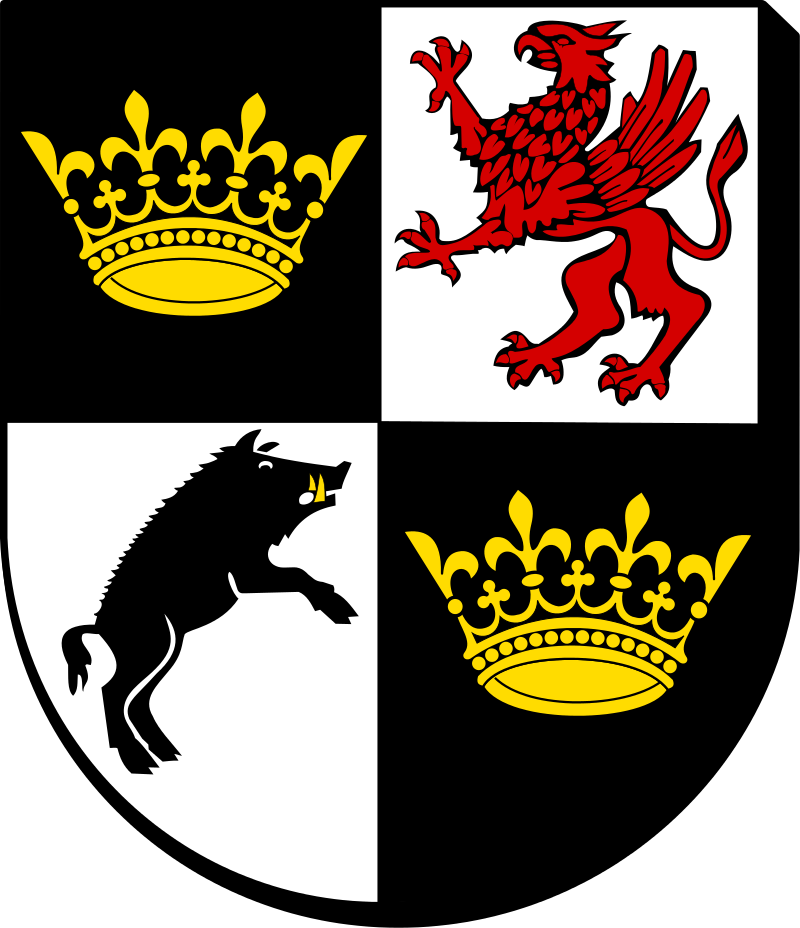Świdnica

City: Świdnica
Country: Republic of Poland
Address: Urząd Miasta Świdnica ul. Armii Krajowej 49 58-100 Świdnica POLSKA
Official page: swidnica.pl
Cooperation agreement: 19.09.2008
Swidnica is a town in the southwestern part of Poland, belongs to the Lower Silesian Voivodeship, and is the center of the commune and Swidnica County.
The name of the city comes from the Old Slavic word svida, which means dogwood bush. And since the place above the river, where the town was laid, was overgrown with dogwood bushes, it got the appropriate name. The city is located at the foot of the Sudeten Mountains, on the Swidnica Plain, on the river Bystritsa. The population of the city exceeds 60 thousand people. The linear distance from Swidnica to Ivano-Frankivsk is 648 km.
Swidnica became a city in 1250. During its heyday, Swidnica gained the fame of the city of merchants. Already in 1285 there were shops of bakers, weavers, potters, shoemakers, blacksmiths and tailors; developed mining and metallurgy, as well as trade. In 1290-1392, the city was the capital of the Swidnica-Jawor principality, the second most important city in Lower Silesia after Wroclaw. In Swidnica they even minted their own coin, the so-called florins. In 1471, there were 47 trade guilds, about 300 breweries, and large fairs in Swidnica. The city has survived the Czech and Austrian, Prussian and German periods of its history. After the Second World War, Swidnica belonged to Poland. Immediately after the war, the city began to turn into a large industrial hub with well-developed industries: engineering, vehicles, electrical, leather, consumer, radio, measuring equipment and clothing. Now Swidnica is a large industrial and investment center, an important cultural center, with the only Museum of Ancient Merchants in Poland.
In Swidnica there are two sacred monuments of antiquity: the first - the Gothic church of St. Stanislaus and Wenceslas with the bell tower dominating the city, 103 meters high; the second monument of antiquity is included in the UNESCO World Heritage List as one of the largest wooden churches in Europe - the Evangelical Church of the Holy Trinity. The temple can accommodate 7,500 people at a time. The Temple of Peace was built in the second half of the 17th century after the end of the Thirty Years' War and the signing of the Treaty of Westphalia in 1648.
Under pressure from Protestant Sweden, Emperor Ferdinand III of Habsburg was forced to allow the construction of three Protestant temples of Peace on its territory as symbols of the end of a devastating war and religious conflict - in Glogow, Jawor and Swidnica. Of these temples, only two have survived to this day - one of them in Swidnica. In 2003, Swidnica was awarded the title of the Capital of Children's Dreams. In 2004, the city became the capital of the Swidnica diocese.